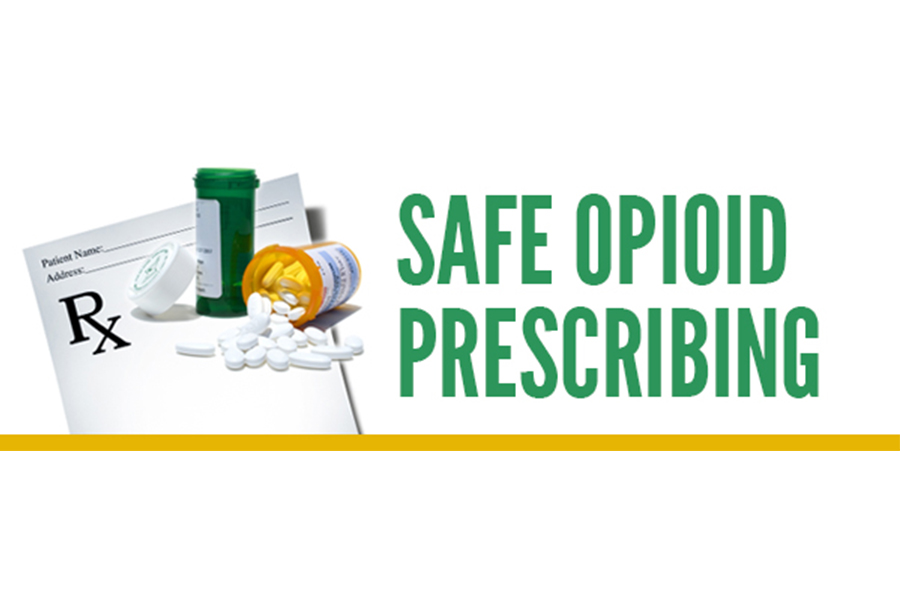In 2007, Kelly Lanktree was prescribed Oxycontin for her pain following a knee injury. At age 27, she became addicted.
“I had no idea they could be as addicting and powerful as they were,” she told the Globe and Mail. “Nobody’s really immune… it could be anybody.”
Since the mid-90’s, an enormous boom in opioid prescribing has led to countless harmful dependencies as well as fatal overdoses. According to experts, the situation has reached crisis status.
Dr. David Juurlink of Toronto’s Sunnybrook Health Sciences Centre points to a combination of misconceptions and sympathetic efforts as being the primary cause of the increase in prescriptions of painkillers like oxytocin and fentanyl.
“Doctors see pain all of the time and we are conditioned by nature to want to treat it,” he told the CBC. “We were told that these drugs could work well, they were safe, they didn’t trigger addiction… we deployed these drugs like mad and we now in hindsight realize how big a mistake that was.”
In 2014, Canada saw over 21 million opioid prescriptions dispensed in total, and there were a total of 2,463,311 dispensed in Ontario alone.
The results are overwhelming. From 2009 to 2014, at least 655 Canadians died from fentanyl overdoses.
The reason many patients turn to fentanyl, Dr. Juurlink says, is that tolerance builds over the years and people progress to more and more powerful drugs.
This year, Dr. Abhimanyu Sud won the Award of Excellence in Development and Use of Innovative Instructional Methods from the University of Toronto’s Department of Family and Community Education for introducing the Safe Opioid Prescribing course.
The webinar series will guide physicians through a safer opioid prescribing process, and will equip them with new skills in the field of pain management, especially in the area of chronic non-cancer pain.
Newfoundland-based pharmacist Keith Bailey says it’s the health care community’s responsibility to turn the crisis around.
“We need to collectively work together to help solve the problem,” he told the CBC. “Better prescribing standards, better patient support, better education.”
For more information on the Safe Opioid Prescribing course, visit www.cpd.utoronto.ca/opioidprescribing.
